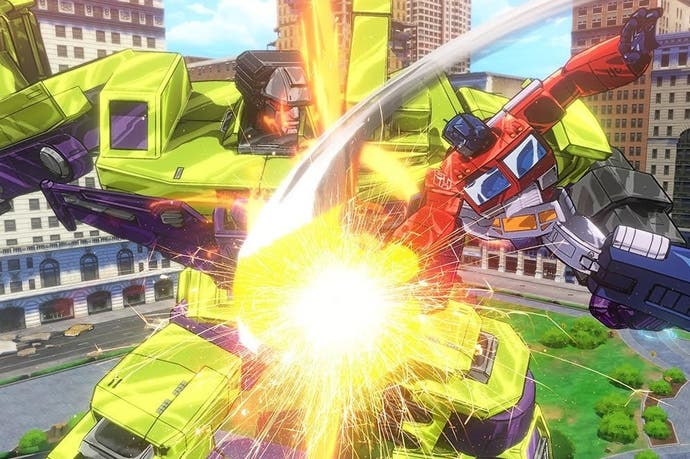Face-Off: Transformers: Devastation
The Platinum standard in licensed tie-ins.
In one of the year's most pleasantly surprising releases, Platinum Games applies its mastery of arcade-style action titles to a beloved franchise, producing one of the best Transformers games of the last decade. Transformers: Devastation captures the look and feel of the original cartoon with a careful use of cel-shaded and hand-drawn texture work, giving us the tangible depth of 3D modelling with the nostalgic style of 1980s art.
The Bayonetta developer provides a solid Transformers experience across PS4, Xbox One and PC, featuring the same core assets and effects work. The use of 16x anisotropic filtering means we see cleanly filtered textures that hold up at oblique angles - an unusual situation for a PS4 and Xbox One title, along with full resolution alpha effects for smoke and particles, and parity in the implementation of the cel-shading technique used to help recreate the look and 'feel' of the original cartoon. Essentially, PS4 and Xbox One run at similar settings to the PC game's highest preset, though differences crop up in a few areas.
Both consoles run natively at 1080p and use post-process anti-aliasing, albeit with variable results. Pixel popping is visible on distant scenery and foliage is devoid of coverage. Image quality could be improved, but as it stands the PS4 game appears cleaner and more refined than Xbox One, which seems to be using a lower quality post-AA implementation. Jaggies are more noticeable across long edges and distant scenery on the Microsoft platform, creating a slightly rougher look to the overall presentation.
On the PC side, we see a higher quality post-process AA technique in play over the console versions (dubbed 4x AA - though it doesn't look much like multi-sampling), providing better coverage across most of the scene. Imagery appears smoother and slightly cleaner than the PS4 release, with fewer artefacts across distant scenery and long edges, though foliage remains untouched.
Aside from the anti-aliasing set-up, the other key difference between platforms comes down to shadow quality, where PC and consoles feature different implementations. Shadows appear cleaner on the PC, with smooth filtering across the penumbra, while these elements are rendered in a lower resolution on console with visible stair-step patterns up close. PS4 gains a minor advantage over Xbox One here, boasting slightly less break-up of shadows cast by the trees dotted around the cityscape.

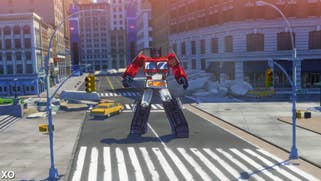
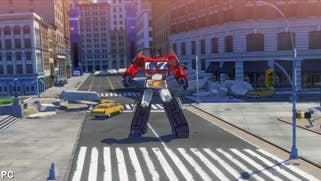

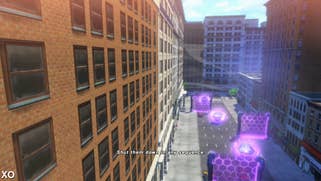
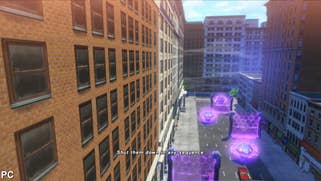
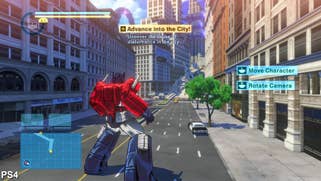
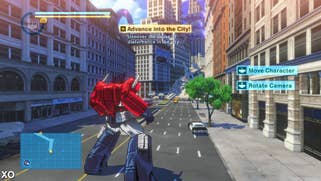

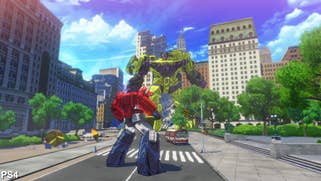
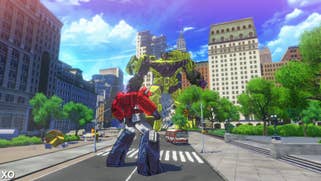
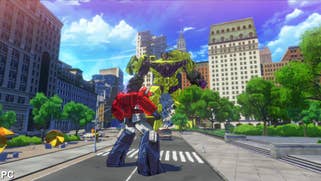

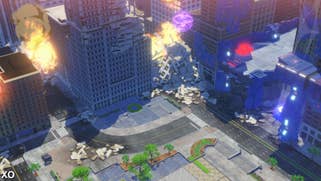
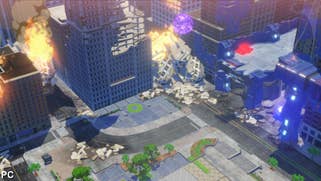
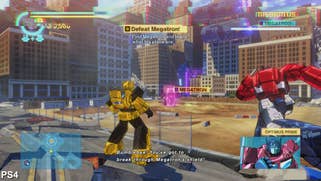
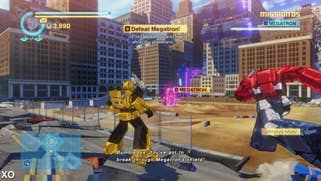


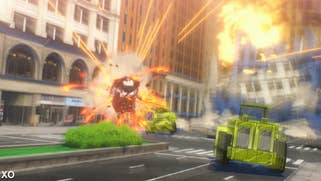

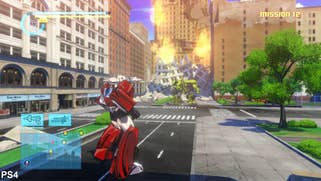

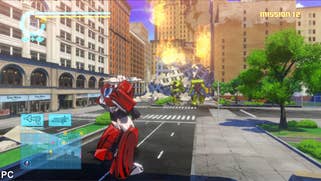
From a more general technical perspective, environments appear quite sparse for a current-gen title (possibly to accommodate the PS3 and Xbox 360 versions) though the inclusion of interactive objects helps to infuse a more dynamic feel to fast-paced combat: fences, small walls, and abandoned vehicles can be destroyed. However, the overall presentation isn't quite as refined in all areas: pop-in is visible as textures and shadow LODs are switched from lower to high quality assets as we explore the city, and during the switch between gameplay and cut-scenes. Transitions appear mostly on a par between platforms, although on occasion we see the PC game fall behind leaving lower resolution art on screen at long distance - we ran the game from a mechanical hard drive, so an SSD could help here.
When it comes to performance, we also see a marked difference between the console platforms. 1080p60 is the ideal experience Platinum Games is targeting here, but it's clear that only Sony's console fully delivers that level of stability. Indeed, the PS4 puts in a faultless 60fps showing with consistent controls and smooth motion that perfectly accompanies the developer's expert eye for visual flair and entertaining gameplay. The only interruptions come in the form of an unusual screen distortion effect that strongly resembles screen-tear (it isn't), combined with chromatic aberration. This produces an occasion wobble during combat, but the effect is intentional and is perhaps designed to simulate artefacts seen via the digital eyes of the Transformers. But otherwise, from a pure performance perspective, PS4 provides a true, locked 1080p60 experience.
In relaxed scenes in less detailed locations, Xbox One hits the desired 60fps target, but as soon as the action starts to ramp up we see the game frequently operating between 50-60fps during action scenes, where alpha transparency effects put the engine under stress. While there is a mild reduction in how crisp the controls feel, gameplay isn't adversely affected here, and it's still possible to easily string together combos and counters without any problems. This doesn't hold true for the entire game, and some situations see the action hit the mid-40s, causing increased judder and a momentary jump in controller latency, though only for a brief moment before frame-rates go back up to their usual 50-60fps rate. Perhaps a resolution drop may have provided the same 60fps lock as on the PS4, albeit at the further expense of image quality.
Transformers: Devastation - the Digital Foundry verdict
While Transformers: Devastation won't be remembered as a classic Platinum Games release, fans of the 80s G1 cartoon should love the authentic art style, the dialogue provided by the original voice actors, and the simple but fun, fast-paced action. On a technical level, Platinum Games doesn't push any boundaries in terms of graphical complexity, but the developer should be commended for taking up the challenge of delivering a 1080p60 experience on both consoles, even if the overall result doesn't quite hit the target on Xbox One.
Out of the three versions available, it's fair to say that PS4 and PC clearly offer the more refined experience. A locked 60fps provides a level of fluidity and consistency only possible with unwavering performance metrics, while image quality is a step above the Xbox One game. PC takes the overall lead, boasting the cleanest anti-aliasing solution, with PS4 coming in a close second. Xbox One owners still get a highly entertaining release well worth picking up for Transformers fans that use Microsoft machine as their primary console: frame-rate drops are mild enough to not impact gameplay in most situations, with light judder the most noticeable side-effect.
Overall, Transformer Devastation is an enjoyable release on all formats and is definitely worth checking out for anyone with fond memories of the 80s TV show - Platinum's 60fps visuals and accomplished arcade action put this head and shoulders above the majority of licenced titles.
